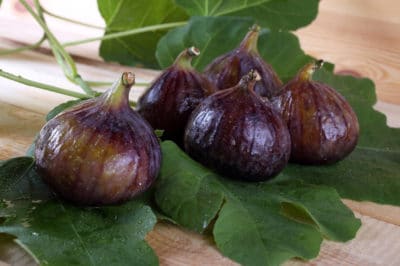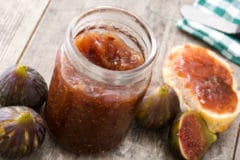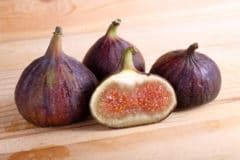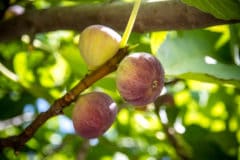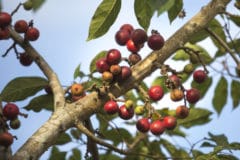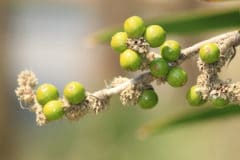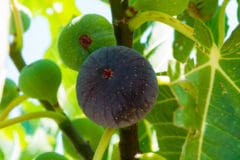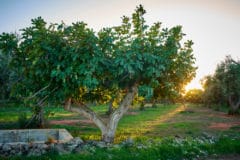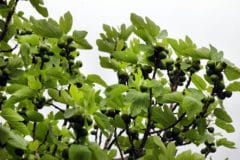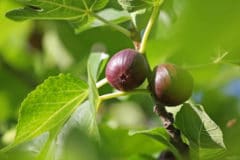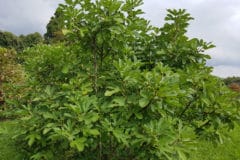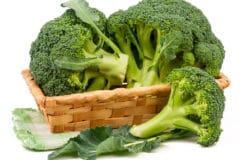Fig Bearing Habits
Figs must be mature to produce a fruit crop – this usually occurs at around six or seven years of age. Many kinds of figs produce two crops. The first – called the breba crop – develops on wood from the previous season. The second and main crop develops on the current year’s growth. Depending on the variety, the breba crop may be small or of lower quality.
Breba vs. Main Crop
The earliest figs available in the garden or market will come from a breba crop unless the figs have been imported. Some breba fruits actually form in the fall and overwinter. Breba figs are often larger than figs from the main crop but may have less flavor. Figs that consistently produce large breba crops include the various San Pedro varieties, Italian Honey types and English Brown Turkey types.
Season by Variety
There are well over 100 varieties of edible figs, but these are the most common and readily available:
- Black Mission – season is May through November.
- Calimyrna – season is July through September.
- Kadota – sason is Mid-June through October.
- Brown Turkey – season is Mid-May through December.
- Sierra – season is June through November.
- Tiger – season is Mid-July through November
Gauging Ripeness
Figs must ripen on the tree but must also be harvested as soon as they’re ripe. Even a day or two later, they can be mushy and have an off taste. A ripe fig is deeply colored, although the actual color varies by variety. The skin has a crackled appearance under the surface. If you squeeze lightly, the fig will give. Ripe figs also droop downward on the stem.
Maximizing Fruit Production
If you want to pick lots of ripe figs, give your tree proper care. Select the right variety for your climate – figs will grow in USDA Zones 5 through 11. Trees need eight to 10 hours of full sun a day. Soil must drain well and figs should generally only be watered once a week. Figs in reasonably fertile soil don’t usually need much fertilizer. Too much nitrogen means less fruit.
Protecting the Crop
Birds love figs as much as people do. If you want to be able to pick your figs, you must protect them. Many growers and gardeners prune the tree to about 10 to 12 feet and use nets to keep the birds out. Insects aren’t usually too much of a problem as long as the birds can’t peck the fruit.
